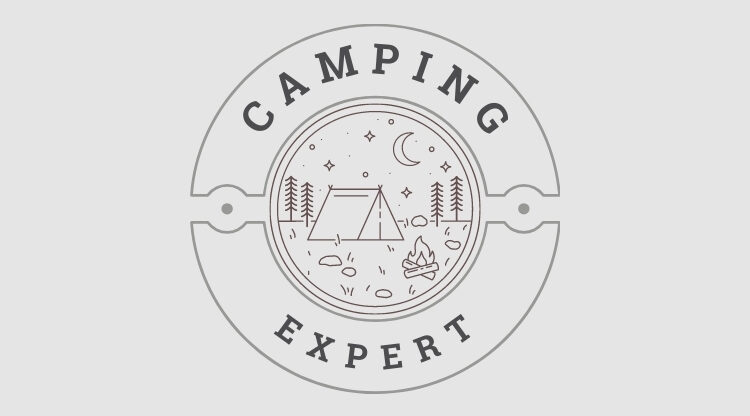Horse riding is an activity that suits people of all ages and abilities. They are increasingly attracted to it as a way of keeping fit and as a relaxing way to enjoy the countryside.
No horse required
Many people who might like to go horse riding but choose not to think that it’s going to be too expensive and that they have to firstly own a horse and pay for associated stabling costs. Whilst many enthusiasts are in that position, you don’t need to own a horse or buy any specialist gear to get you started.
There are numerous riding schools throughout the UK who can give you a ‘taster’ of the sport and provide you with all the necessary equipment, including the horse! They’re able to provide tuition from the absolute beginner level through to the more experienced rider.
In the past, horse riding was often seen as a sport for the genteel classes and those with plenty of money but it has done its best over recent years to rid itself of the ‘elitist’ tag. Today, people of all ages and backgrounds are getting involved and more and more riding schools are opening in general whereas, in the past, they were mostly confined to rural areas so they are far more inclusive than exclusive these days.
Choosing a riding school
The British Horse Society (BHS) and the Association of British Riding Schools (ABRS) are the two organisations in the UK who set the standards for riding schools. Those that have been approved by one or both of these organisations have met the standards required for health and safety of both the riders and the horses and it’s always better to choose a school that has received one or both of these commendations.
Once you’ve narrowed your search down, it is important to go and visit your choice of riding school(s) and check them out. Get an overall feel for the place and have a chat with other beginners and the instructors. If you’re unable to visit before your first lesson, call beforehand and let the instructor know your physique so that a horse suited to your needs can be prepared for your lesson.
Horse riding kit
The basic kit can be hired out when you go for your lessons but, if you’ve been bitten by the riding bug, there may come a point when you want to invest in your own.
Firstly, you’ll need a hat. However, it should meet current safety standards and you can find out more by visiting the British Equestrian Trade Association’s (BETA) website. As well as meeting safety standards, the hat should have a 3 point chin strap and you should make sure that it fits correctly. BETA has a list of recommended retailers who will ensure that your hat fits you correctly and meets all current safety standards.
In an attempt to keep costs down, some people might be considering buying a second-hand hat but, even if it looks in perfect condition, it’s wise to avoid that because if you don’t know what you’re looking out for, the hat might be slightly damaged and, if so, some its protective features may be restricted.
You’ll also need riding boots. There are 2 main types – full length or ankle length (jodhpur) style. Long boots have the advantage of protecting the rider’s legs and ankles but can be restrictive and uncomfortable to wear. Jodhpur boots are generally more comfortable but offer no protection to the rider’s legs and so they are often worn with gaiters that cover the lower leg.
Once you’ve progressed, you may wish to invest in a body protector which is simply a foam filled vest which is worn over the top of your clothes. They are designed to protect the back and chest area should the rider fall or be kicked. Like your hat, these should fit properly and conform to safety standards which BETA can help you with.
Apart from this kit, the rest of your clothing is up to you when having a riding lesson. You should wear a pair of comfy trousers and make sure they’re not too tight. Jeans, although the cowboys’ favourite, aren’t really recommended as they can restrict your movement. Additionally, if your clothing is too baggy, it can flap around causing alarm to the horse so comfy, loose fitting is best. As for shoes, leave the trainers at home. Boots or shoes with a small heel and smooth sole are best.
Cost
Costs can vary between riding schools but adults wishing to have an initial private lesson should expect to pay around £20 for half an hour. After that, your lessons will probably be in group form and should cost somewhere in the region of £20 to £25 per hour but they can vary greatly so make some comparisons first.
The benefits
Horse riding has a number of physical and psychological health benefits. Although you might think that it’s the horse doing all the work, an hour’s activity can burn off a similar number of calories to a 30 minute jog or cycle ride as it has similar cardiovascular and muscle conditioning benefits.
From a psychological standpoint, simply being outdoors and enjoying the countryside will boost your general well-being and act as a stress reliever. The feeling of freedom when you ride a horse is often considered to be second to none. Furthermore, developing a relationship and a sense of trust with your horse and learning to control and care for an animal much larger than you can do wonders for your confidence.
